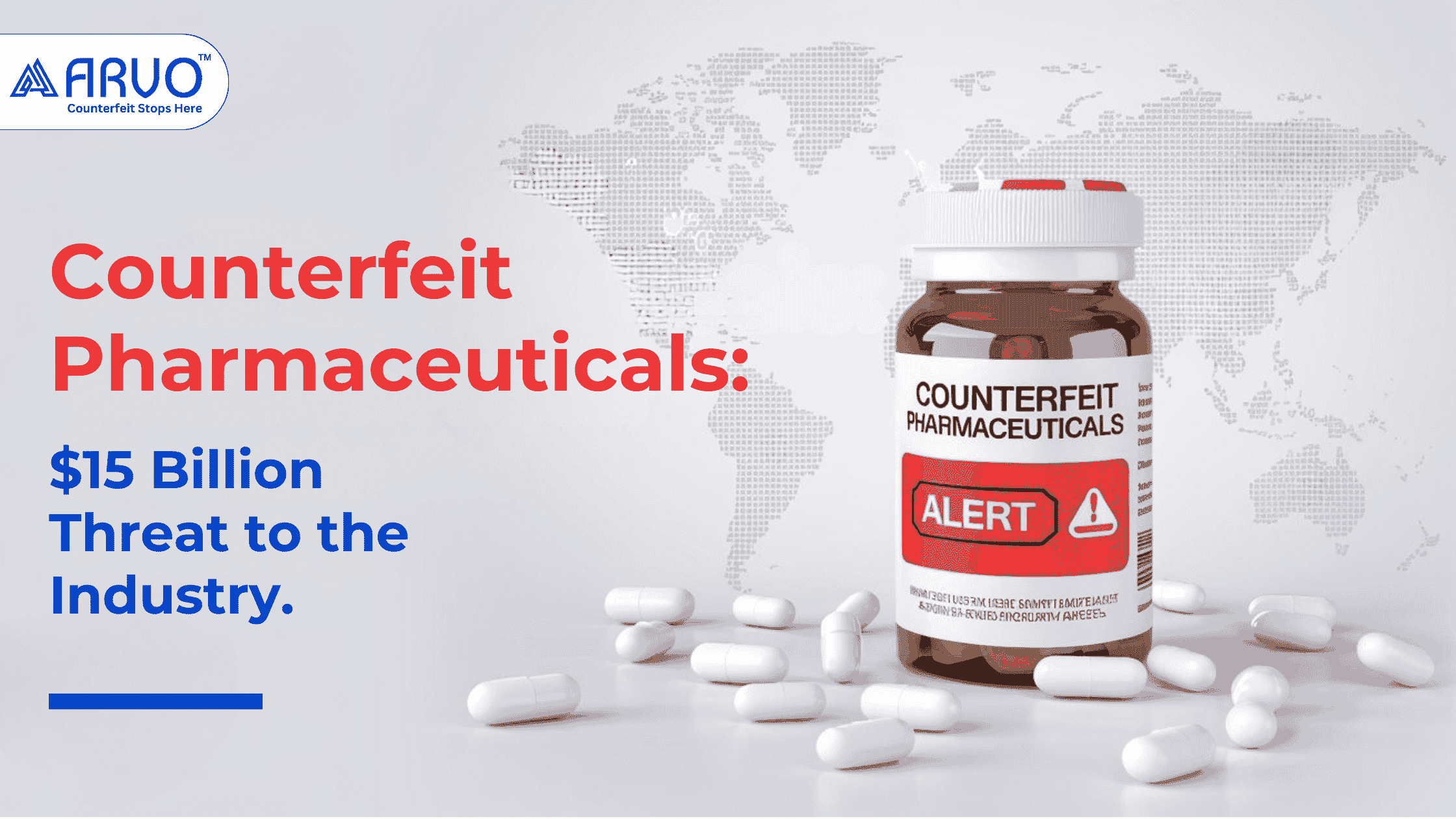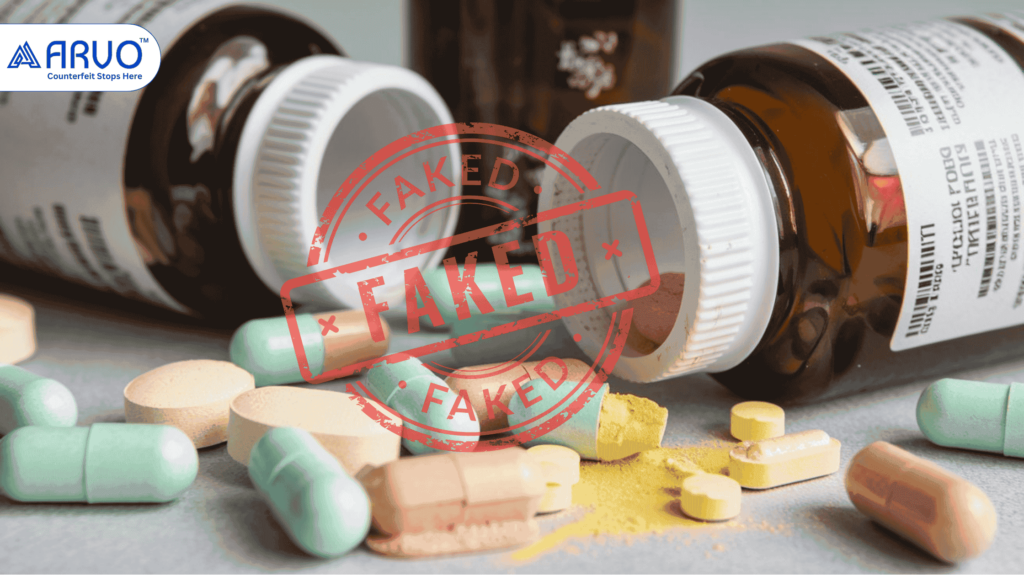
In a world where every pill could mean the difference between life and death, counterfeit pharmaceuticals are an insidious threat. These fake medications jeopardize patient health, erode trust in healthcare systems, and drain billions from the pharmaceutical industry’s innovation budget. It’s time to uncover the full scope of this crisis and take decisive action to protect both lives and the future of medicine.
Counterfeit pharmaceuticals pose a significant threat to global health and the economy. These illicit products not only endanger patients but also inflict substantial financial losses on the pharmaceutical industry. Understanding the scope of this issue is crucial for developing effective countermeasures.
The Growing Problem of Counterfeit Pharmaceuticals
The proliferation of counterfeit drugs has escalated in recent years, affecting both developed and developing nations. These fake medications often contain incorrect dosages, harmful ingredients, or no active ingredients at all, leading to treatment failures and adverse health outcomes.
Why Counterfeit Pharmaceuticals Are Dangerous
- Health Risks: Patients may experience worsened health conditions or unexpected side effects.
- Loss of Trust: Counterfeit drugs erode public confidence in healthcare systems.
- Economic Impact: The pharmaceutical industry suffers significant revenue losses, impacting research and development.
How to Identify Counterfeit Pharmaceuticals
Learn how to identify counterfeit products because detecting counterfeit drugs requires vigilance and awareness of certain indicators:
1. Check the Packaging
- Authentic Packaging: High-quality materials, clear printing, and intact seals.
- Counterfeit Signs: Misspellings, poor print quality, and broken or tampered seals.
2. Inspect the Medication
- Authentic Medication: Consistent color, size, and shape with a uniform appearance.
- Counterfeit Signs: Variations in color, size, or shape, and unusual odors or textures.
3. Verify the Source
- Trusted Sources: Licensed pharmacies and authorized distributors.
- Risky Sources: Unverified online sellers or street vendors.
4. Utilize Anti-Counterfeiting Technology
- Features: Holograms, QR codes, and tamper-evident seals provided by manufacturers.
- Verification: Use official apps or websites to confirm authenticity.

Steps to Prevent Counterfeit Pharmaceuticals in Your Supply Chain
- Establish Relationships with Trusted Suppliers: Work exclusively with verified and reputable sources.
- Implement Strict Quality Control Measures: Regularly inspect products and packaging for authenticity.
- Educate Staff and Consumers: Provide training on identifying counterfeit products and encourage reporting of suspicious items.
- Adopt Advanced Tracking Technologies: Utilize serialization and blockchain for product traceability.
Why Authentic Pharmaceuticals Are Worth the Investment
Investing in genuine pharmaceuticals ensures:
- Patient Safety: Effective treatment and reduced risk of adverse effects.
- Maintained Brand Reputation: Consumer trust in the quality and efficacy of products.
- Support for Innovation: Funds directed towards research and development of new therapies.
How ARVO Can Help You Identify Counterfeit Pharmaceuticals
At ARVO, we specialize in providing product authentication solutions that ensure the authenticity and security of your pharmaceutical products. Counterfeit drugs don’t stand a chance against our advanced technologies. Here’s how we help:
- Copy-Proof QR Codes: We provide secure QR codes attached directly to your products. These codes allow you to instantly verify pharmaceuticals’ authenticity using a smartphone.
- Tamper-Proof NFC Labels: Our NFC labels are designed to be tamper-evident, ensuring that any interference with the product is immediately noticeable.
- Blockchain-Enabled Traceability: We utilize blockchain technology to create an immutable record of your product’s journey from manufacturing to the consumer, ensuring complete transparency and trust.
- Vision AI Integration: Our Vision AI systems can detect anomalies in packaging and labeling, providing an additional layer of security against counterfeiting.
FAQs
1. What are counterfeit pharmaceuticals?
Counterfeit pharmaceuticals are fake medications that are fraudulently produced and sold, often containing incorrect or harmful ingredients.
2. How can I identify counterfeit drugs?
Look for signs such as poor packaging quality, and inconsistencies in the medication’s appearance, and verify the source and authenticity features like QR codes or holograms.
3. What should I do if I suspect a medication is counterfeit?
Do not use the medication and report it to the relevant health authorities or the manufacturer immediately.
4. How does ARVO’s technology help in combating counterfeit pharmaceuticals?
ARVO provides advanced solutions like copy-proof QR codes, tamper-proof NFC labels, blockchain-enabled traceability, and Vision AI integration to ensure product authenticity.
5. Why is it important to purchase medications from authorized sources?
Authorized sources are more likely to provide genuine products, reducing the risk of receiving counterfeit medications.
6. What are the risks associated with using counterfeit pharmaceuticals?
Risks include treatment failure, adverse health effects, and potential harm due to toxic ingredients.
Conclusion
Counterfeit pharmaceuticals present a serious threat to public health and the global economy. By staying informed and vigilant, and by utilizing advanced authentication technologies, we can protect ourselves and our communities from the dangers posed by counterfeit drugs.
Protect your health and the integrity of the pharmaceutical industry by staying informed and vigilant against counterfeit drugs. For advanced authentication solutions, contact ARVO today!